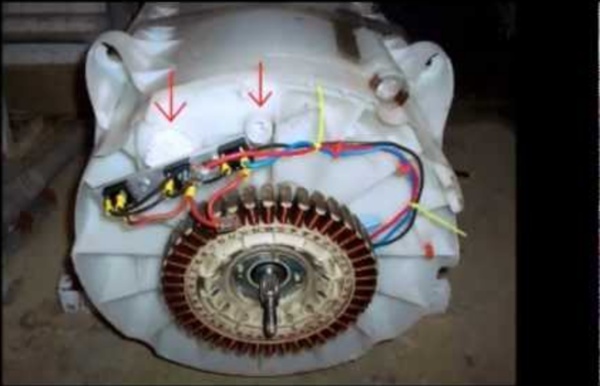Zoom
Trash
Related: Arts & Crafts



Thingiverse - Digital Designs for Physical Objects Backpacker's Bottle Cooler : 10 Steps This bottle cooler uses an absorbent sleeve, insulation layer, and waterproof breathable fabric jacket to enable evaporative cooling of a beverage container without the mess of having an exposed wet media. The evaporative cooling water is contained within the waterproof jacket, so the exterior surface is always dry. The water in the absorbent sleeve will slowly evaporate offsetting the heat gain from the surrounding environment. The cooling effect will last as long as the inner absorbent sleeve is kept damp. Each dampening should last 10-12 hours in hot, dry conditions. Dimensions shown work well for a 1 liter Aquafina water bottle or similar of about 3" diameter by 10" tall. Materials: Waterproof Breathable fabric. (1) Absorbent fabric. (2) Non-absorbent polyester insulation. (3) Nylon cord. (4) Cord lock. Tools: Scissors. Notes: (1) The performance of different waterproof breathable fabrics varies widely in this application. (3) An insulation that does not absorb water is required.
How to Tie the 4 Basic Friendship Bracelet Knots - Sarah Maker Ready to start making your own friendship bracelets? First, you’ll need to learn the 4 basic knots. In this article, I’ll walk you through each of the knot techniques step-by-step. Friendship Bracelet Knots In the world of friendship bracelets, there are 4 basic types of knots. Each of the 4 knots is composed of two halves – called hitches. The Hitch The hitch is the building-block of friendship bracelet knots. The hitch can be tied in the forward or backward direction. To make a forward hitch: Cross the left-hand (yellow) string over the right-hand string (pink). The forward hitch is sometimes referred to a “4” knot. This can be a useful way to remember how to tie the forward hitch. To make a backward hitch: Cross the right-hand (pink) string over the left-hand string (yellow). The backward hitch is sometimes referred to a “P” knot. The Forward Knot Forward knots create a knot the same color as the left-hand string. After making a forward knot, the strings should have switched place.
The Beginner's Guide to Crystal Growing : crystalgrowing guide - crystalgrowing materials - crystalgrowing How to Grow Sodium Chloride Crystals at Home I discovered a way to grow transparent sodium chloride crystals at home. Here’s how. Growing sodium chloride crystals Sodium chloride, or table salt, has a cubic crystal structure. Indeed, table salt is often used in kids’ experiments to demonstrate crystallization. This is because sodium chloride crystals are very sensitive. However, being as stubborn as these crystals, I have tried multiple times to grow them over the past 3 years. <div class='code-block code-block-2' style='margin: 8px 0; clear: both;'><script type="text/plain" class="cmplz-script" async src=" It’s a simple procedure that you can follow at home. Note: I am still perfecting the technique and making new discoveries every month. Materials To start, you’ll need: Uniodized table saltA large pot for heating waterA spoon for stirringA filter funnelFilter papers/tissue paperA large jarA flat dishSome small, flat containers After that, we need to prepare our solution.